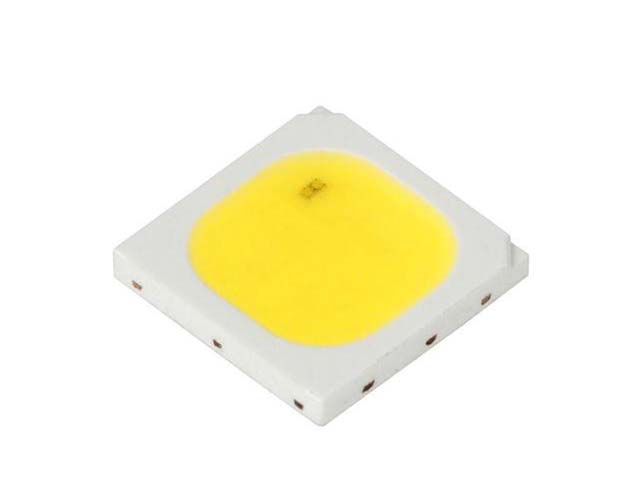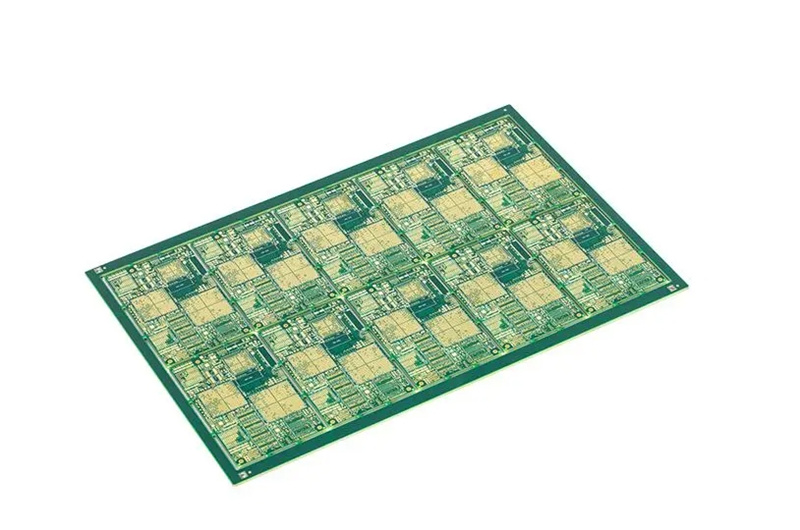LED strip lights are a popular lighting solution that can be used for a variety of applications, such as accent lighting, task lighting, and mood lighting. These strip lights are made up of a series of small LED chips that are mounted onto a flexible circuit board. There are different types of LED chips that can be used in LED strip lights, each with their own characteristics and benefits. In this post, we will be comparing two of the most common types of LED chips: 2835 and 5050.
Overview of LED 2835 Chips
LED 2835 chips are small, low-power LED chips that are typically used in LED strip lights. They are named after their size, which is approximately 2.8mm by 3.5mm. These chips have a relatively low brightness output compared to other types of LED chips, but they are known for their high efficiency and low cost. One of the main advantages of using 2835 chips is that they produce very little heat, which allows them to be used in a wider range of applications and helps to extend the lifespan of the LED strip.
Overview of LED 5050 Chips
LED 5050 chips are slightly larger than 2835 chips, with dimensions of approximately 5mm by 5mm. They are known for their high brightness output and long lifespan, making them a popular choice for applications where high visibility is important. These chips are also relatively efficient, but they tend to produce more heat than 2835 chips and are therefore more suited to applications where heat dissipation is not a concern.
Comparison of LED 2835 vs 5050
So, what are the main differences between 2835 and 5050 chips, and how do you choose which one to use? Here are some key points to consider:
- Brightness: 5050 chips are significantly brighter than 2835 chips, making them a better choice for applications where high visibility is important. However, this also means that 5050 chips tend to use more power and generate more heat, which may be a concern in some applications.
- Efficiency: Both 2835 and 5050 chips are relatively efficient, but 2835 chips tend to be slightly more efficient due to their lower brightness output. This can be an important consideration if you are looking to minimize energy consumption.
- Cost: 2835 chips tend to be less expensive than 5050 chips due to their lower brightness output and smaller size. This can be a deciding factor for some users, especially if cost is a major concern.
- Lifespan: Both types of chips have a relatively long lifespan, with 5050 chips tending to last slightly longer due to their higher quality and greater resistance to heat.
- Application suitability: The choice between 2835 and 5050 chips will depend on the specific needs of your application. If you are looking for a low-cost, energy-efficient lighting solution, 2835 chips may be the better choice. On the other hand, if you need a brighter and longer-lasting lighting solution, 5050 chips may be a better fit.
Conclusion
In conclusion, both 2835 and 5050 chips have their own unique characteristics and benefits, and the right choice for you will depend on your specific needs and budget. 2835 chips are a cost-effective and efficient choice for applications where brightness is not a major concern, while 5050 chips offer higher brightness and a longer lifespan but may be more expensive and generate more heat. It is important to do your own research and consider your specific needs when choosing between these two types of LED chips.




